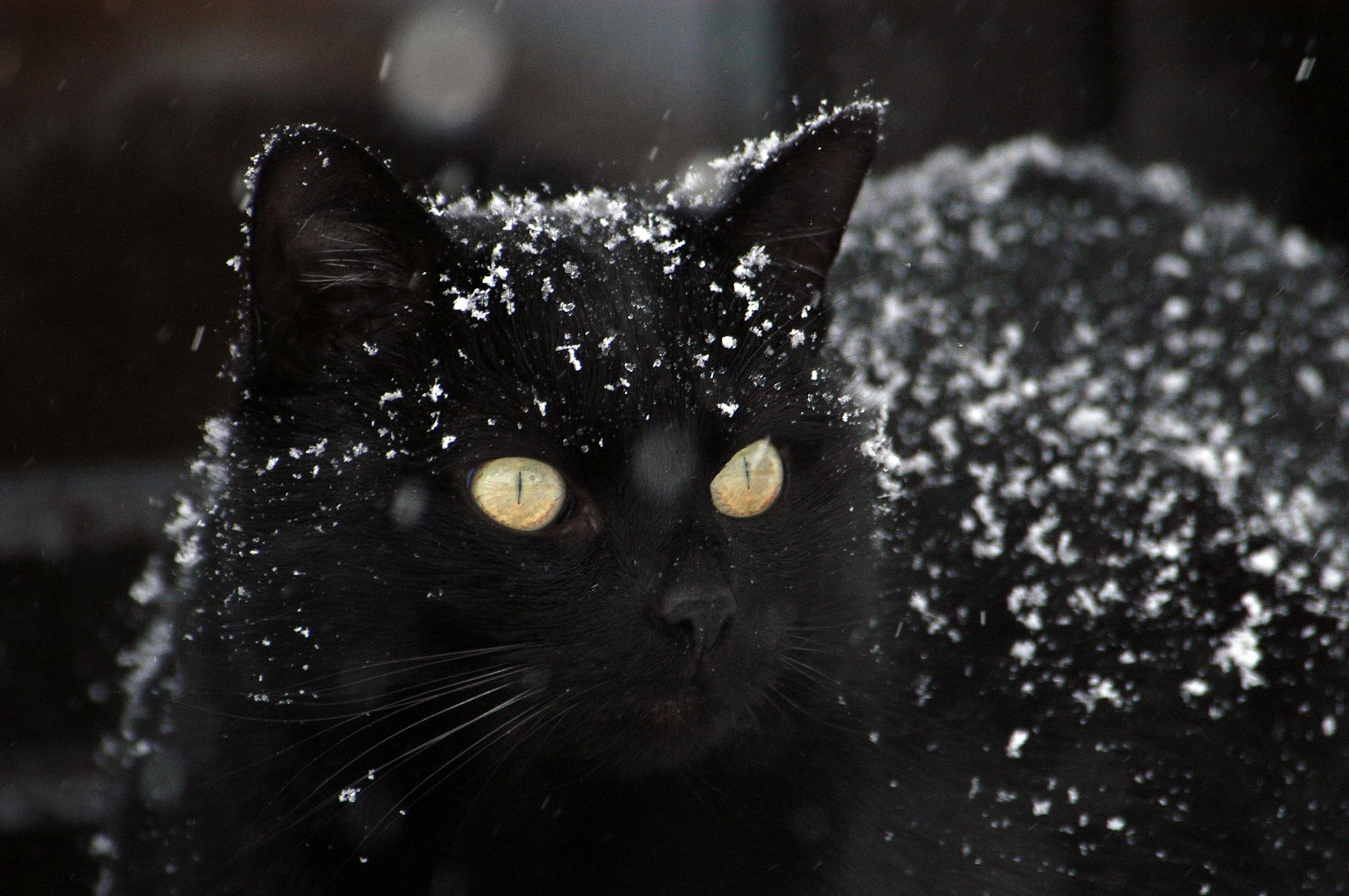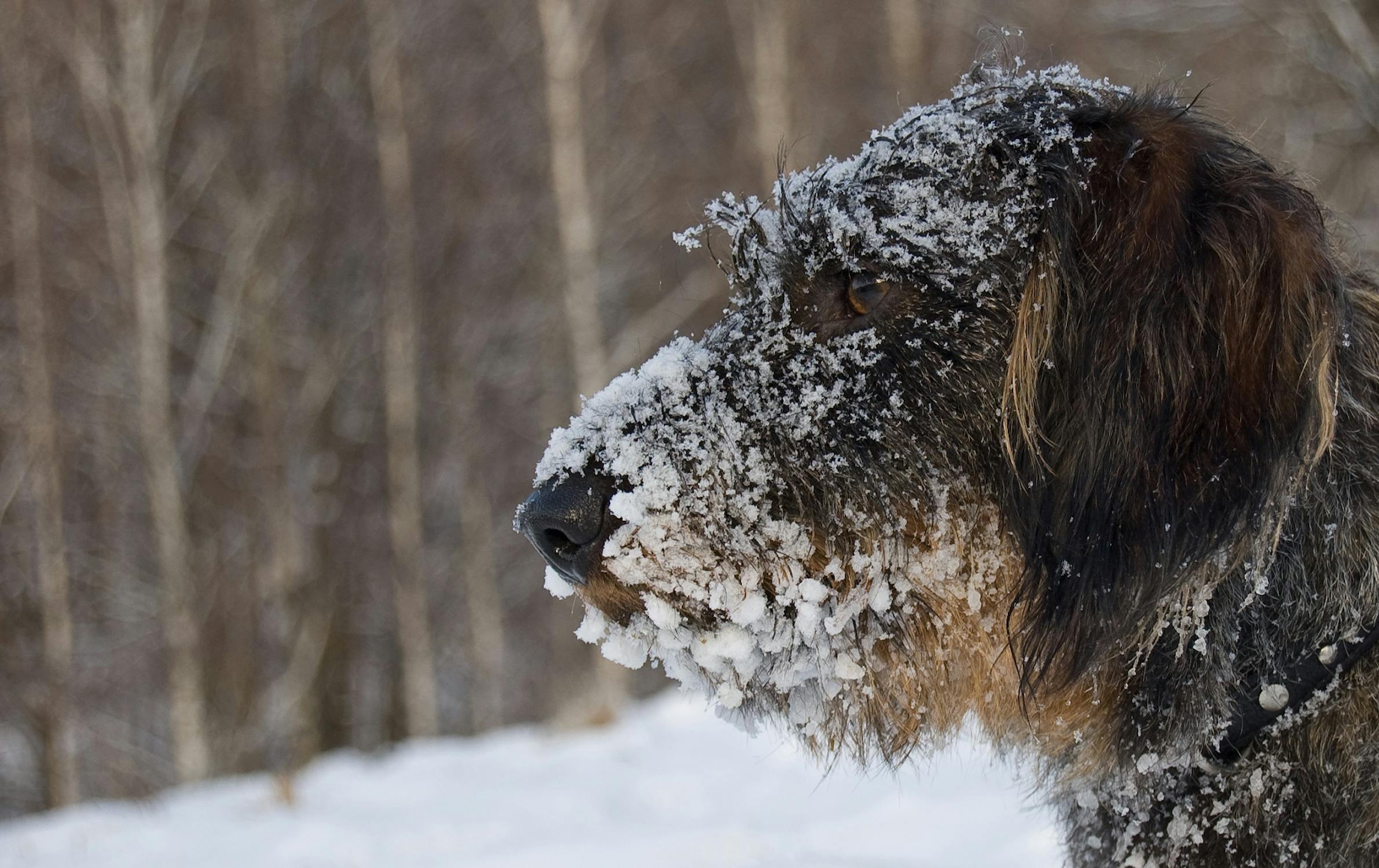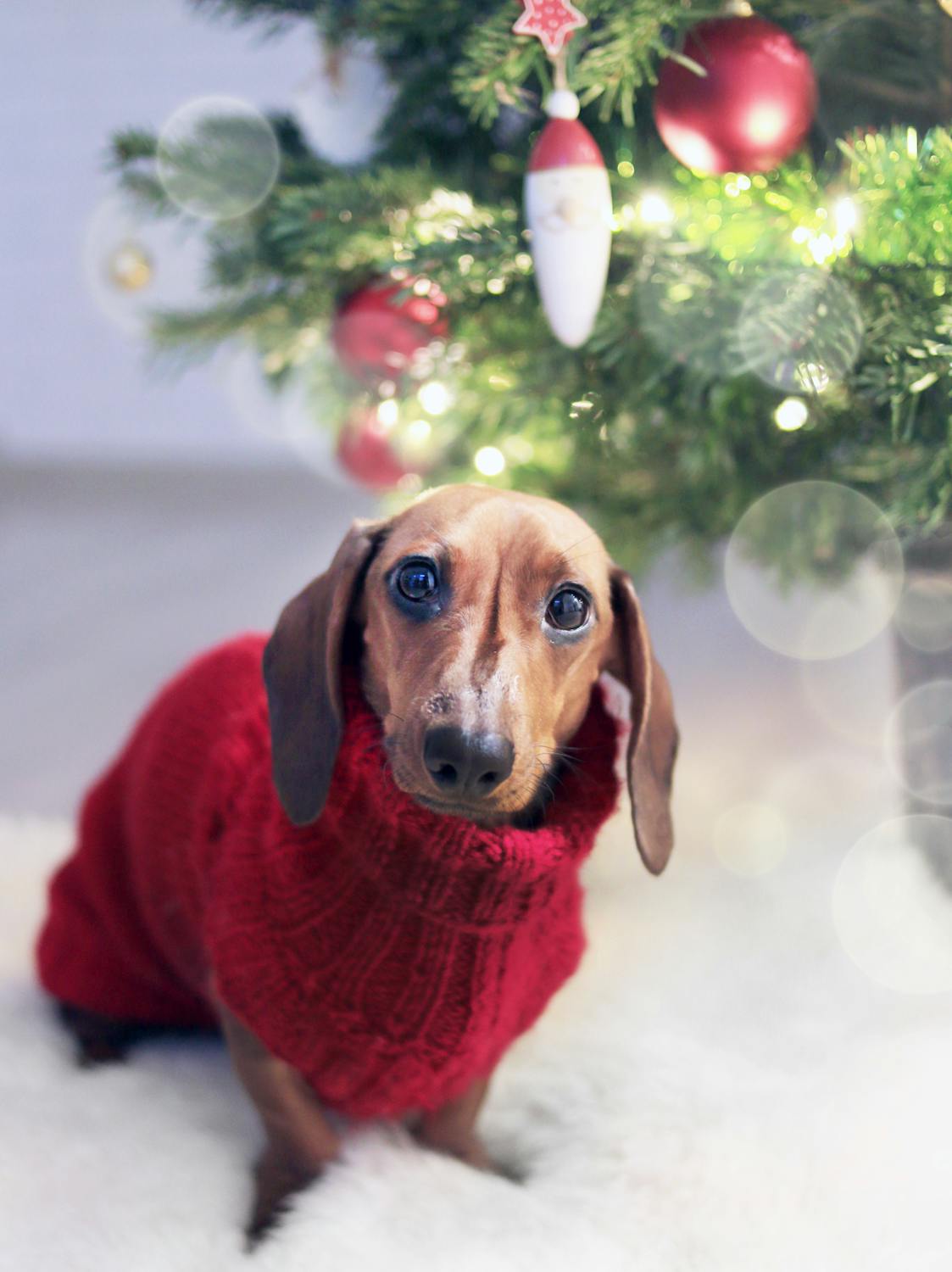Exercise
Make sure you are still exercising your pet in wintertime. Even if there is five feet of snow on the ground, there are plenty of ways to make sure your pet gets some exercise indoors. They need the exercise to prevent boredom and weight gain. Try taking your pup to and indoor dog park!
Diet
If your pet spends a lot of time out doors or is a working animal, then they actually need more calories during the winter. This is because more calories are spent trying to keep their body warm. However, indoor animals that end up spending more time inside and less time outside playing should possible decrease the number of calories. This is variant and should be discussed with a veterinarian. Also, make sure that water is always available. Your furry-friend is still as likely to get dehydrated in the wintertime.
Make sure food and and water are always fresh. In cases of outdoor cats or dogs that stay outside, take measures to make sure your pet’s food and water doesn’t freeze. You could try heated bowls, microwavable heating pads, or insulating the bottom of plastic bowls to try to prevent freezing.
Grooming
Grooming is very important during the winter and can help with insulation. The dry heat that comes from your heating system can dry out fur and skin. When bathing, make sure that the bath water is warm (not hot!). Avoid over bathing, this can also dry out the fur and skin. Extra fur around the pad could trap snow and make your pet very uncomfortable, so make sure that it is trimmed.
Keep in mind that some dogs don’t have the right kind of fur to properly insulate themselves against the cold, so dog coats and sweaters might be needed for the winter. Also, dry off your pet with towels whenever they come back inside.
Shelter
If any pet is primarily outside, it is very important that they have good shelter. Doghouses should be small enough to hold the dog’s body heat, yet big enough for your pup to comfortably move around in. The floor of the doghouse should not be built directly on the ground. The floor should be covered with ceder or straw and/or a heated dog bed (please do not use a heating pad, it must be made specifically for pet use). The house should face away from wind and the doorway should be covered with waterproof burlap or heavy plastic.
If your outdoor cat refuses to come in for the winter, then make sure that they have a shelter as well. You could make one out of almost anything :
- Styrofoam cooler
- Plastic bin
- Plastic cooler
You could even build one out of wood in a doghouse style or create an area in your garden shed. No matter the case, make sure your shelter is well insulated. Use straw, old blankest, foam boards, or old towels. Like the doghouses, make sure they are off the damp ground. Make sure the shelter is facing away from the wind and that the opening is only big enough for your kitty to get through. You can also use pet safe heating pads to help add a little extra warmth
Don’t forget to check bedding to make sure it isn’t wet and try to bring animals inside, especially if the weather becomes too cold or precarious.
Healthcare
It is very important to keep an extra eye on your pets in the winter time.

Antifreeze can seem very appetizing to your pets, it is thick an sweet. However, it is very deadly and most animals get sick from even the smallest amounts. So make sure all antifreeze is sealed and out of reach, and make sure your car isn’t leaking any ( as a side note, make sure to bang your car before starting it, in case a furry friend is hiding underneath it for warmth). Simply licking it off the concrete can make them very sick.
Watch out for signs of hypothermia and frostbite. Symptoms of hypothermia include:
- Difficulty breathing
- Lethargy
- Slow heart rate
- Shivering
- Weakness
- Dilated pupils
- Coma
- Muscle stiffness
If you notice these signs, wrap towels around warm water bottles and place them on the abdomen, chest and armpits. Signs of frostbite include:
- Pale, grey, or blue skin
- Red puff skin ( after being pale, grey, or blue)
- Pain in ears, paws or tail when touched
- Skin that stays cold
- Wrinkled skin
If you see any of this, dampen towels with warm water and place it on the area ( do not message the area). Keep an special eye on young, sick, and older pets. These furry friends should not be outside for extended periods of time, not matter how well insulated a shelter or jacket, or how well prepared you are. A veterinarian should be called immediately in both case of frostbite and hypothermia. 
Of course there are also the holidays. Holiday dangers include:
- Ornaments
- Christmas Lights
- Alcohol
- Chocolate
- Raisins, grapes, nuts
- Fatty foods
- Bones
- Poinsettias, holly, lilies, pine needles/sap, Christmas tree water
- Onions, garlic
- Spices and herbs such as Nutmeg
- Candles, ribbon, tinsel
If you believe anything off this list has been swallowed, or they have been electrocuted, burnt or cut, please call your veterinarian immediately.
Just make sure to take extra time to make sure your pet is safe, happy, and health this winter. Happy Holidays from everyone at Winslow Animal Hospital!

